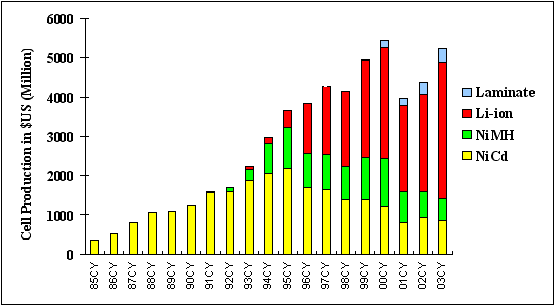Battery Facts and Statistics
Here are a few facts we at Secure Data Recycling think you should know about batteries and why they should be recycled.
- Inside a battery, heavy metals react with chemical electrolyte to produce the battery’s power.
- Wet-cell batteries, which contain a liquid electrolyte, commonly power automobiles, boats, or motorcycles.
- Nearly 99 million wet-cell lead-acid car batteries are manufactured each year.
- A car battery contains 18 pounds of lead and one pound of sulfuric acid.
- Mercury was phased out of certain types of batteries in conjunction with the “Mercury-Containing and Rechargeable Battery Management Act,” passed in 1996.
- Recycling batteries keeps heavy metals out of landfills and the air. Recycling saves resources because recovered plastic and metals can be used to make new batteries.
- Household batteries contribute many potentially hazardous compounds to the municipal solid waste stream, including zinc, lead, nickel, alkalines, manganese, cadmium, silver, and mercury.
- Mercury-oxide and silver-oxide button batteries are often collected by jewelers, pharmacies, and hearing-aid stores who sell them to companies that reclaim the metals.
Your convenience is a major issue for landfill, think before you throw batteries in your general waste bin!


